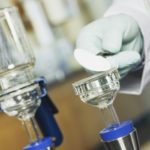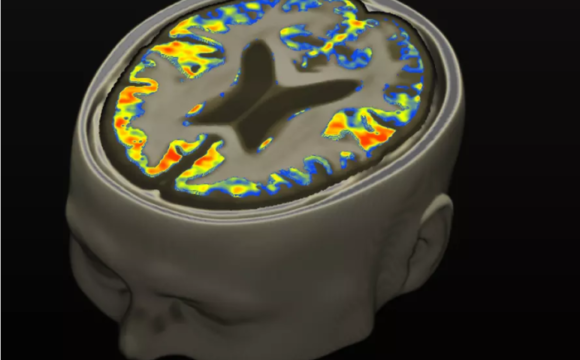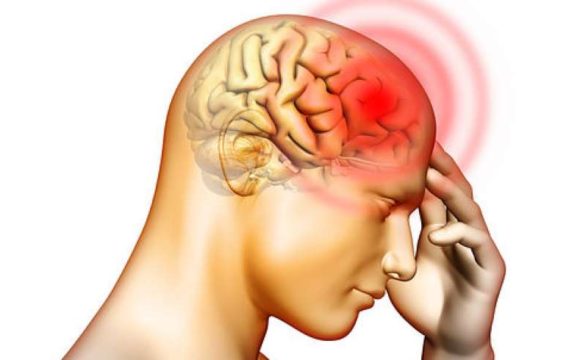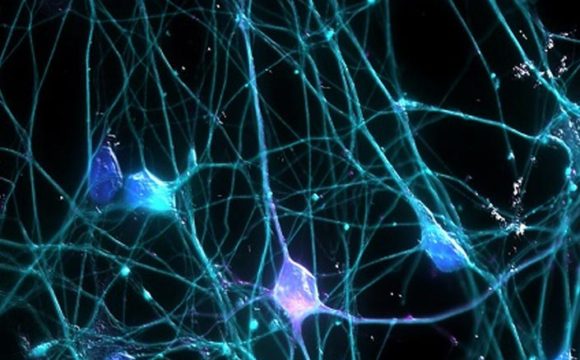Depression is a mental health condition that is marked by loss of pleasure, loss of motivation and interest, fatigue, low self-esteem, constant feeling of guilt, continuous feeling of sadness and lack of concentration. Currently, a lot of research on depression and its treatment is under progress across the globe. According to WHO, depression will be the second threatening global disease by 2020.
There are many causes of depression including certain medications, death of loved ones, failures, changing lifestyle, competition and genetic disorders. As the cases of depression are rising very fast researchers are looking for alternative treatments along with medication. These treatments include a reduction in smoking and alcohol consumption, a healthy and balanced diet, Yoga and meditation and more exercise. Scientists are also working on the effect of regular consumption of tea on depression. Here, we share the scientific mechanisms behind the antidepressant activity of tea.
A research work by Rothenberg DO, Zhang L, Department of Tea Science, College of Horticulture Science, South China Agricultural University, Guangzhou 510640, China suggests that tea can be used as an antidepressant.

The Camellia Sinensis plant is the basic plant from where the tea we drink is derived. The six types of tea include green, black, dark, yellow, white and oolong tea. Tea offers a number of health benefits including cardiac health, anti-aging, and anti-diabetic and anti-depressant. The main health constituents of tea include L-theanine, L-arginine, polyphenols and their metabolites, statin, aromatic volatiles and Gamma-aminobutyric acid (GABA) etc.
Depression itself is a very complex neurobiological disease with multiple angles to it. The antidepressive activity of tea is also a complicated and multidimensional process. Studies suggest that tea constitutes individually may not show anti-depressive action but they all together can act as an antidepressant and exhibit a significant effect.
What happens in your body when you feel depressed?
There are four primary nodes in the body, namely the HPA hypothalamic–pituitary–adrenal axis; immune inflammatory response; monoaminergic systems and neurogenesis/neuroplasticity which actively participate in depression. These nodes interrelate with each other within the system during depression. Within these four nodes, there are important subunits of each node participating in the neurobiological activity of depression.
Step by step depression pathology

How tea helps?
Antidepressant activity of the tea is assumed to be based on the ‘Reduce and Restoration’ hypothesis.
- Restores the monoaminergic system causing an increase in serotonin and dopamine levels.
- Reduces inflammation
- Restores neuroplasticity
- Regulates and Reduces HPA axis activity
- Reduces stress hormone level
- Ultimately reduces Depression
Role of different tea constituents in depression:
- L-theanine– Reduction in inflammation and stress caused by HPA activity, restoration of the monoaminergic system, Enhancement of neuroplasticity
- L-arginine– Reduction in stress caused by HPA activity
- Green tea polyphenol mixture– Reduction of the stress hormone cortisol, Restoration of monoaminergic system
- Epigallocatechin(EGCG)-Restoration of monoaminergic system, HPA activity and anti-stress activity of L-theanine & L-arginine, Reduction in inflammation, Enhancement of neuroplasticity
- Theaflavins (TF): Reduction in inflammation
- Oolong tea ethanol extract: Reduction in inflammation
- Gallocatechin gallate: Reduction in inflammation, restoration of monoaminergic system
- Epicatechin: Restoration of monoaminergic system, Enhancement of neuroplasticity
- Theaflavins: Restoration of the monoaminergic system
- Catechin: Restoration of the monoaminergic system
- Gallic acid: Enhancement of neuroplasticity, Restoration of monoaminergic system
The combined action of Tea constituents affects multiple pathways in depression pathology leading to anti-depressant activity.
References:
- https://www.ncbi.nlm.nih.gov/pubmed/31212946
- https://www.healthline.com/health/tea-for-depression
- https://www.hindawi.com/journals/bmri/2017/6596241/
- https://www.teasource.com/blogs/beyond-the-leaf/tea-plant-varieties
- https://www.sciencelearn.org.nz/resources/1661-the-science-of-tea










